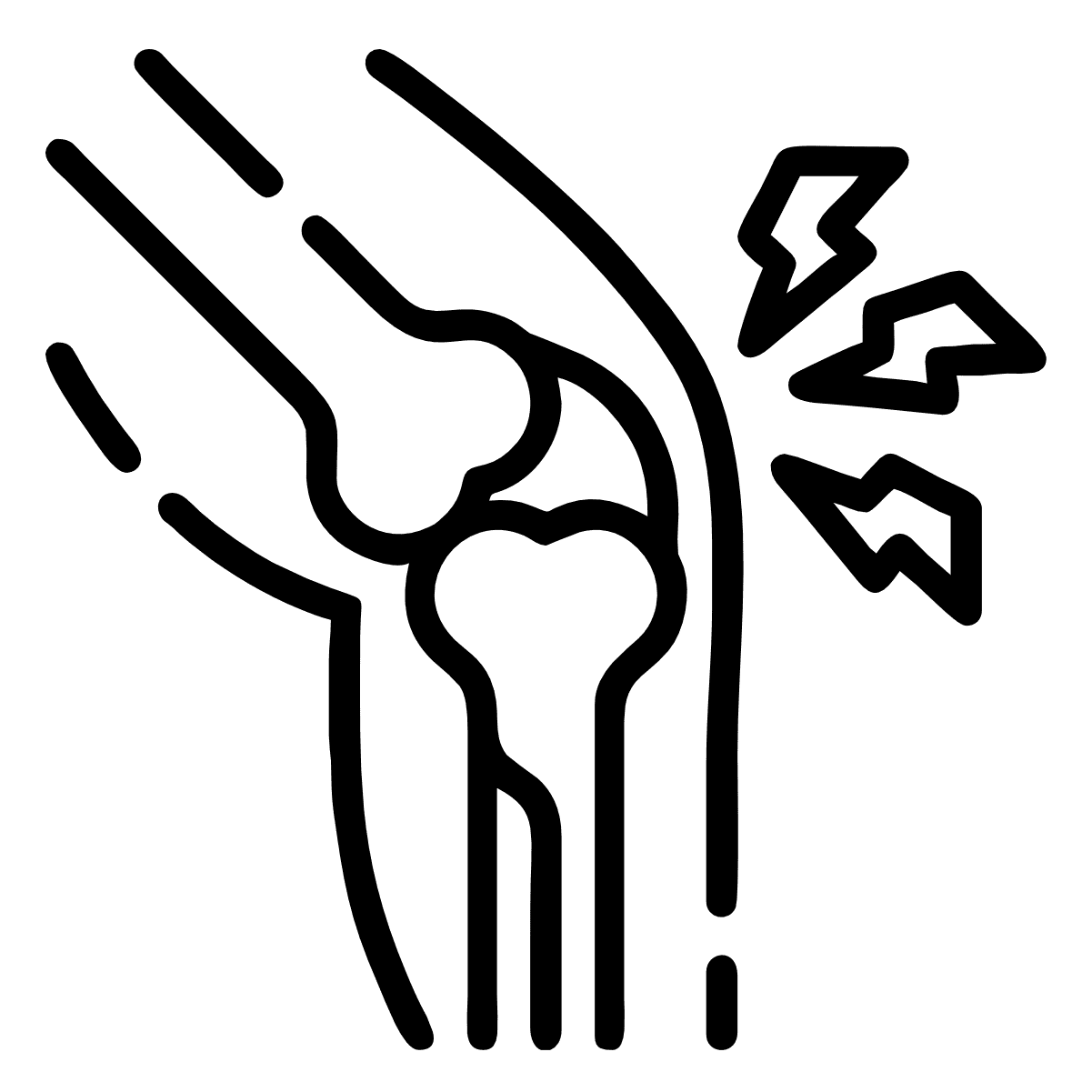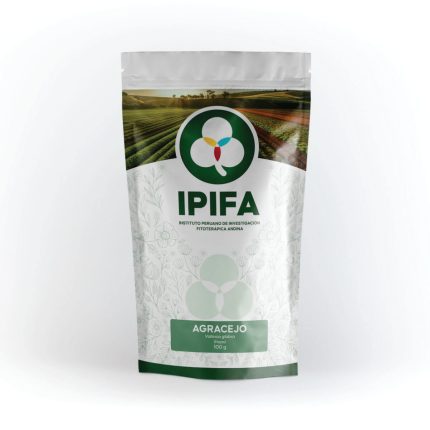AGRACEJO
The Barberry, Berberis vulgarisis a woody shrub with glabrous leaves, i.e., devoid of hairs. The plant is recognizable by having thorns that are actually modified leaves and small yellow button-shaped flowers. This plant belongs to the family of berberidaceaewith which it shares the characteristic of being woody shrubs. In addition, this family has the berberine alkaloid as part of its core business secondary metaboliteswhich gives its name to the genus Berberis. This plant can be found in various parts of the world, especially in Pakistan, China, Japan and Iran, but also in South America, and can be found in the meso-Andean areas. peruvianThe area is located between 1400 and 4200 meters above sea level, in the departments of Cusco, Huancavelica or Ayacucho.
The berberine provides it with beneficial qualities against liver problems that cause the accelerated production of the bilirubinThe abundance of this can lead to brain problems, since it is toxic for the brain. central nervous system. The berberine acts regulating production of bilirubin. Berberine, in turn, is also hypoglycemice, i.e. it helps to control the blood glucose levelswhich is beneficial in the face of the diabetes.
Other well-known benefits of the berberine is the antidiarrhealThe peristaltic movement is reduced, that is to say, the peristaltic movement is reduced, relieves intestinal transitthus decreasing the effects of the diarrhea. The benefit that has recently been studied is its potential for anti-inflammatory y anticarcinogenicsince it has been found to be a regulatory effect of the mechanisms that trigger the inflammation and the symptoms associated with them, such as fever and the pain.
Presentation:
Each bag is 80g.
HORSETAIL
The Horsetail, Equisetum giganteum is a tall perennial herb that can reach 4 meters in height, with long stems that have internodes every few years. Being part of the gymnosperms, it is a plant without a typical flower, but rather, it has cones in the form of pines, from which the seeds sprout. It belongs to the Equisetopsida class, with which it shares the characteristics of having among its phytocomponents alkaloids, flavonoids, phenolic compounds, alkaloids, flavonoids, phenolic compoundsetc. This conjugation of various components gives the plant several properties. properties that may result in beneficial to humans. It can be found in several countries, always in areas close to the equator, since it is of warm climates, although it also needs a humid environment, since it is strongly hydrophilic (great affinity with humidity). This is why it grows on river slopes, along canals or ditches. It can be found along the coast and in the low mountains, from 20 to 4200 meters above sea level, so it is distributed along practically all the departments of the country. Peru.
The Horsetail, Equisetum giganteum, has anti-inflammatory properties flavonoids that it possesses, such as the quercetin. This, in turn, helps in the face of rheumatic complaintsas these are synovial fluid inflammations contained in the joints and, because it contains silicon, it serves as a precursor to the generation of collagen in the body. Likewise, this flavonoid has beneficial properties that fight against the bladder infectionswhich also encourages a diuretic. The p-coumaric acid containing the horsetail is a micronutrient very important in the human diet that has antioxidant effectsIn the same way, this acid in conjunction with the equisetoninare very good antimicrobialsand its efficacy has been proven in laboratory cultures against strains of Staphylococcus aureus, Candida albicans and Escherichia coli. It is also known that the acid p-coumaric beneficially influences the various mechanisms of adhesion of the intestinal microbiotawhich subsequently translates into a better digestion.
SAND FLOWER
The Sand Flower, Tiquilia paranychioidesis a creeping herbaceous plant, a plant that lacks woody stems, with a horizontal growth, which can reach lengths of up to 60 meters, growing at ground level. It is distinguished by having tiny pilosities, among which stand out small white flowers with 5 petals. It belongs to the Boraginaceae family, also called "forget-me-nots". This family shares the presence of polyphenols, flavonoids and alkaloids among its secondary metabolites. The Tiquilia paranychioides (sand flower) is a plant endemic to Peru, i.e., it only grows in Peru, despite the fact that the genus Tiquilla It is also present in the coastal areas of southern Ecuador, Peru and northern Chile. Preferably in clayey, sandy or desert soils at altitudes between 30 to 500 meters above sea level. We can find sand flowerin Tacna, Lima, Ica and several coastal departments.
Tiquilia paranychioides (sand flower) has as secondary metabolitesIt contains a considerable amount of flavonoids, tannins, fatty acids, polyphenols, steroids, among others. Which under various configurations with each other, give it all its properties. medicinal properties. Among these we can find the anti-inflammatoryone that is closely linked to the antirheumaticfor this is the inflammation of the synovial fluid contained in the jointsThe following properties must also be taken into account diuretics, purifying, antibacterial, antioxidants y analgesics.
Presentation:
Each bag is 80g.
HERCAMPURI
The Hercampuri, Gentianella alboroseais a perennial herb of little size, since it only reaches 5 centimeters in height, characteristic for having tiny flowers that reach 1.5 centimeters in size, violet or lilac in color. It belongs to the Gentianaceae family, with which it shares the characteristics of possessing phytocomponents such as secoiridoids and xanthones, to which medicinal properties are attributed, although the Hermcapuri, Gentianella alborosea, has on its own, various alkaloids, saponins, tannins and resins that give it various consumable benefits for humans. It is native to Peru, where it can be found distributed throughout the high Andean regions, as it lives from 3500 to 4300 meters above sea level, that is, in departments such as Cajamarca, Cerro de Pasco, Puno, Cuzco, etc..
Hercampuri, Gentianella alboroseahas several medicinal properties The most important of which have been used for generations, such as hypoglycemic, i.e., hypoglycemic, decreases the levels of glucose at bloodThis can be of great help in controlling the diabetes mellitusThis is performed in conjunction with your property. hypolipidemicwith which it maintains stable levels of lipid profilewhich eventually leads to improved cardiovascular health.
According to recent studies, the Hercampuri It also has a remarkable antioxidant capacity, since it is an antioxidant free radicalsin addition to this, its flavonoids induce the elimination of cancer cells. It can also be used as diureticas it has demonstrated stimulate the operation of the kidneys.
Presentation:
Each bag is 100g.
MANAYUPA
The Manayupa, Desmodium molliculum, is a creeping herbaceous plant; that is, a plant that lacks woody stems, with a horizontal growth, belonging to the family of the fabaceaewith which it shares these characteristics. This family, also known as "legumeshave in common the presence of a group of secondary metabolites known as "secondary metabolites".flavonoids". The manayupa is native to Central and South America, and can be found here in the PeruThe area is located between 3200 and 4000 meters above sea level, that is, in the steppe highlands, puna, high jungle and paramo ecoregions, including the departments of Piura, Cajamarca, Huancavelica, San Martin, Huanuco, etc.
Desmodium molliculum (Manayupa) possesses a wide variety of these metabolites, among which we find flavonoids, tannins, steroids, triterpenes, coumarins and alkaloids. The different proportions and configurations between these groups of metabolites are exploited by humans to make use of curative properties of various kinds, such as its qualities purifying, anti-inflammatory, antihemorrhagicbeneficial to the kidneys, analgesics, astringentsamong others.
Presentation:
Each bag is 80g.


 Purification kit
Purification kit  Relaxing kit
Relaxing kit  Respiratory kit
Respiratory kit  Antitumor
Antitumor  Kidney stones
Kidney stones  Blood circulation
Blood circulation  Cholesterol
Cholesterol  Rheumatic pains
Rheumatic pains  Constipation
Constipation  Urinary tract infection
Urinary tract infection  Menopause
Menopause  Obesity
Obesity  Purifying plants
Purifying plants 
 Prostatitis
Prostatitis  Glucose regulator
Glucose regulator  Digestive disorders
Digestive disorders  Hepatic disorders
Hepatic disorders 








































